Author Visits
I love meeting with students, teachers, and parents and offer author visits that are suitable for group presentations in larger, open settings such as auditoriums and libraries, as well as some with additional specialized activities for smaller, classroom settings.
Each presentation encourages student interaction and ends with a reading from my books, a question/answer period and time for author-signing of purchased books.
Visits are free, but teachers are requested to send home order forms ahead of time, which offer the opportunity for students to purchase my books.
For more information and to set up a visit, email your request and contact information to: KathrynLouiseWoodAuthor@gmail.com
Five Themed Visit Opportunities!
-Geared toward 4th and 5th grades: “Authors Wear Many Hats,” and “Baking a Book Together”
-Geared toward 6th, 7th, and 8th grades: “In a Flash!”
-Geared toward all ages: “The Two I’s of Writing- Inspiration and Imagination,” and “Audience-Participation Ghost Story”
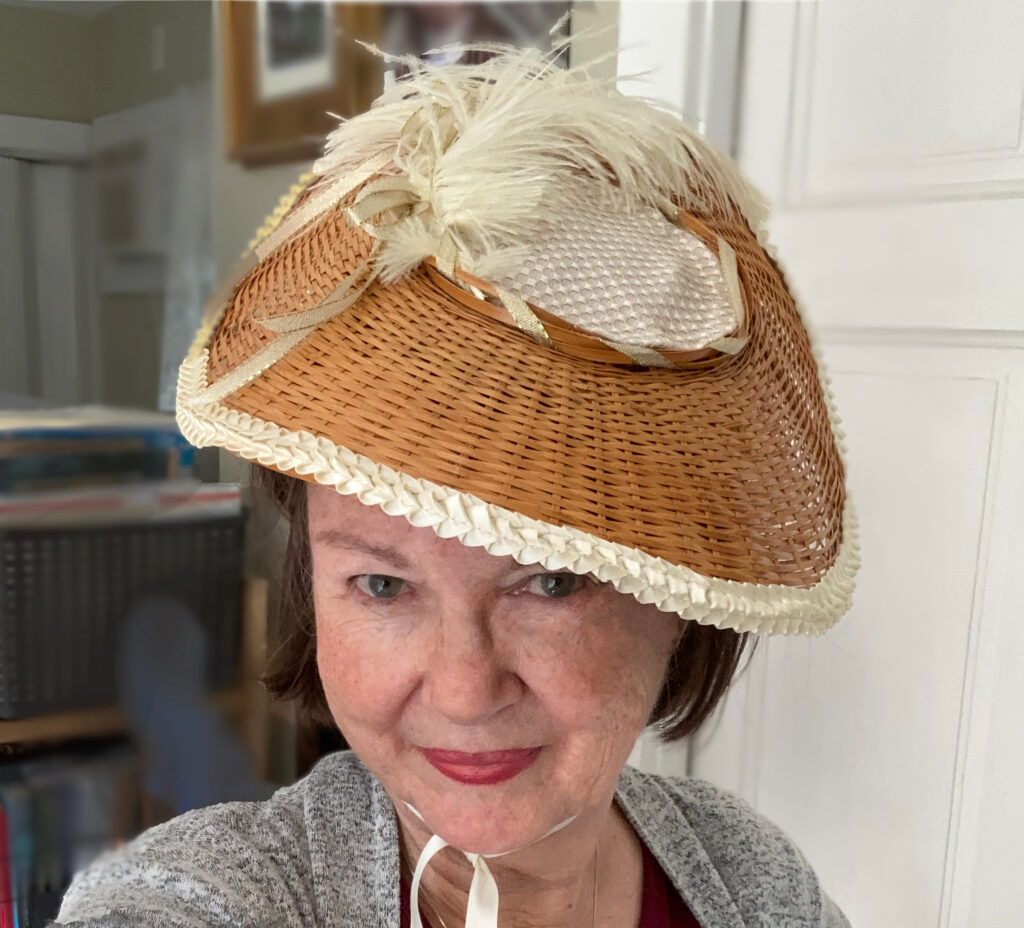
1—“Authors Wear Many Hats” Presentation (*with Craft Activity)
(requires two tables, each large enough for an open sheet of newspaper or one table large enough for two open sheets of newspaper)
-I bring my fun, hat collection and engage the students in interactive discussions about how each relates to the work of a writer, including:
-Explorer – Builder – Historian – Detective – Train conductor – Traveler
*Craft Activity:
-I explain the history and function of traditional 18th century printer’s hats that were made from sheets of newspaper.
If in a classroom, students can follow along with me and make their own printer’s hats at desks or tables.
If in a larger group setting, an adult can make one along with me, and I will leave written directions for later classroom use.
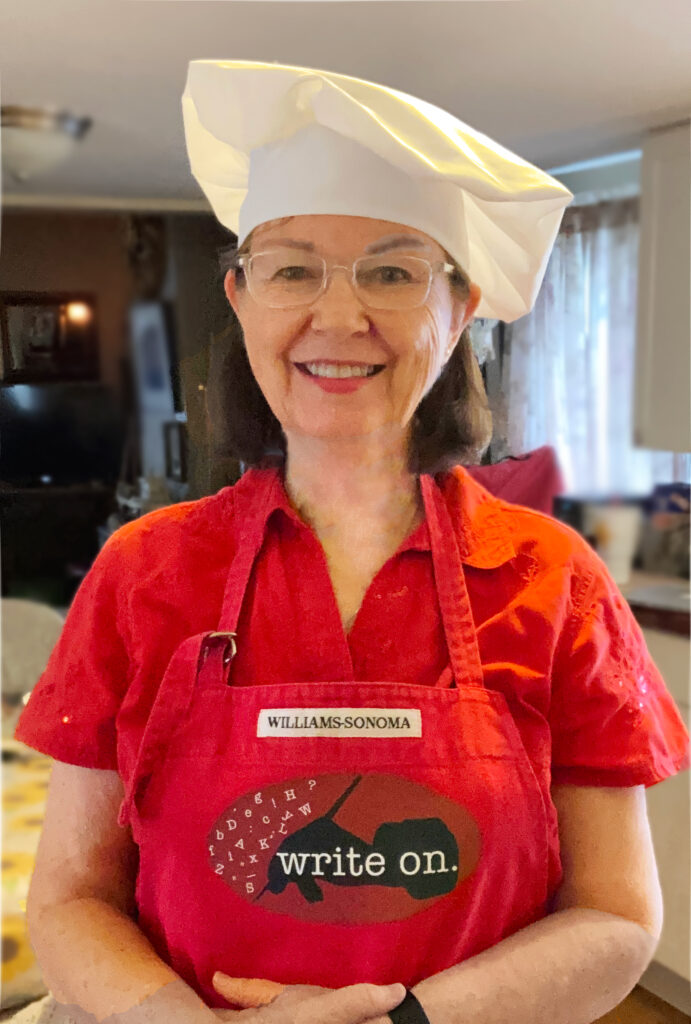
2— “Baking a Book Together” Presentation (*and Fun Writing Exercise for classroom groups)
-I bring baking props and explain how reading relates to eating and writing relates to baking, then invite the students to help me “Bake a Book” together, including—
-Choosing the kind of baked goods/writing genre
-Assembling the ingredients: setting, characters, conflict, etc.
-Following the Recipe Directions: mixing, “baking,” putting the three cake layers together in a 3-part story structure
-Frosting the Cake: adding intriguing titles
*Fun Classroom Writing Exercise:
-I offer three decks of “Recipe” cards: 1- character, 2- setting, 3- a piece of dialogue.
-Students draw a random card from each deck and either write flash fiction or the start of a longer piece incorporating their recipe cards.
-After a 15-20 minute work time, students are invited to read theirs aloud, if they wish to share.
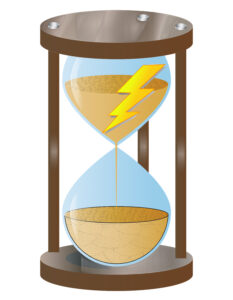
3— “In a Flash!” Presentation (*and Fun Writing Exercise for classroom groups)
-This exciting, interactive visit is especially intriguing for Middle Schoolers. I discuss the topic of Flash Fiction and its subgenre: Micro Fiction—what it is, examples, its essential elements, and how writing it opens creative windows.
*Fun Classroom Writing Exercise:
-I hand out “Flash Cards,” to give the students springboards for creating their own works of flash fiction. One side of each card reminds them of the elements they need to keep in mind, such as: setting, limited number of characters, 3-part structure, and descriptive but lean wording. The other side of their card has a fun writing prompt.
-I assure the young writers that they are in a NJZ (Non-Judgment Zone,) turn over my fifteen-minute hour glass timer, and—they’re off!
-At the end of the exercise, students are invited to read their stories aloud, if they wish.
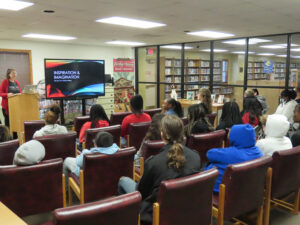
4— “The Two I’s of Writing – Inspiration and Imagination” Presentation
(Interactive Power Point presentation that requires a power point apparatus with which to plug in my laptop)
-Explanation of the etymology of the Two “I’s” (including Imagination group exercises)
-A power point presentation with pictures of things that inspired my Zephyr books, and—
-Pictures of other things that could inspire stories. Students are encouraged to share what they see in the pictures,
demonstrating how inspiration and imagination are unique to each individual.
5—“Audience-Participation Ghost Story”
-I divide the audience into groups and assign each group a sound effect to add to the spooky fun of my original story: “A Dark And Stormy Night.”
-Each member of the audience is given a notecard and pen but not told what they will do with them.
-When I’ve finished reading the story (which has an open ending) the audience members will be invited to write their own endings on the notecards and then place them on a table where we can all read them.
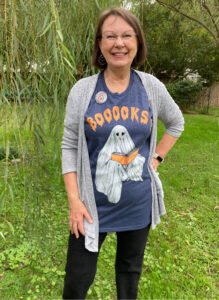
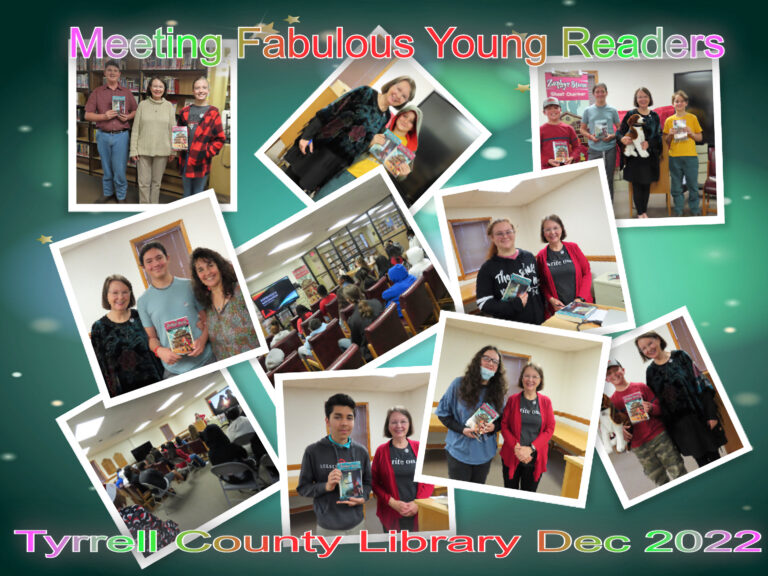
I Can’t Wait To Meet You!
When It Comes To Inspiration, My Readers Are The Greatest Inspiration Of All